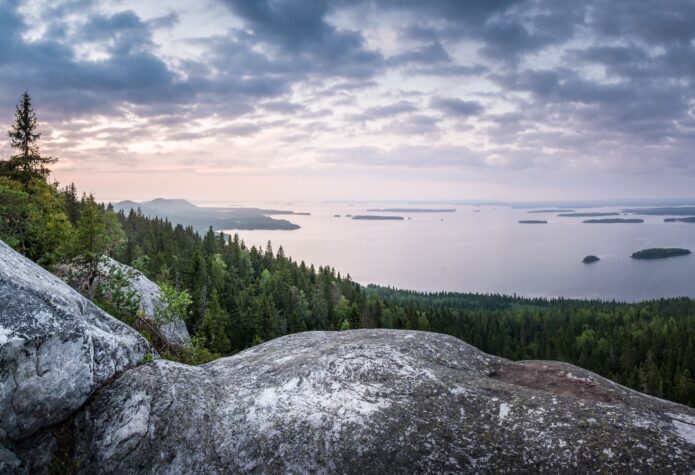Sogn og Fjordane Energi AS
| Date: | 28.11.2019 |
|---|---|
| Country: | Norway |
| Customer: | Sogn og Fjordane Energi AS |
| Amount in EUR: | EUR 30 million |
| Maturity: | 15 years |
| Business sector: | Public Sector & Utilities |

Financing from NIB Environmental Bond proceeds
NEB-eligible share: 100%
NEB category: Renewable energy generation
Amount disbursed: EUR 30 million
This project has been financed with the proceeds of NEBs issued under the previous framework
Note: For loans in other currencies than EUR, the equivalent in EUR is based on the exchange rate effective for the disbursement. Read more about the NIB Environmental Bonds
Project
The loan has been provided to Sogn og Fjordane Energi AS (SFE) to finance the construction of a new hydropower plant in Østerbø in the municipality of Høyanger, as well as a 20-kilometre regional power line connecting the plant’s power station to Stordalen in Masfjorden municipality.
The Østerbø hydropower plant is greenfield and will have a 47MW turbine, projecting an annual electricity production output of 165 GWh.
The project is located on the Sognefjord, approximately 150 kilometres north of Bergen. The plant is scheduled for completion in October 2022.
The project is eligible for financing with NIB Environmental Bonds, as the plant has a water reservoir that allows it to store and balance fluctuating generation and demand patterns. Thus, the production can be maximised during peak load hours, which indirectly cuts greenhouse gas emissions more than in conventional run-of-river hydropower stations.
The Østerbø hydropower plant will be owned by SFE (58%) and by BKK (42%). SFE has agreed to take on BKK’s share within six months of commissioning the plant, subject to request by BKK.
Sogn og Fjordane Energi AS owns 15 power plants and shares in five throughout Western Norway. The company is headquartered in Sandane.
Fulfilment of NIB's mandate
Productivity:
The new Østerbø hydropower plant is expected to contribute an increase of approximately 4.8% of the company’s current electricity production (2018). The project will increase the security of supply by adding new production capacity. The plant has a water reservoir that will collect water during the snow-melting period and store enough for operation during the winter months, thereby balancing other fluctuating generation and demand patterns.
Environment:
Medium-scale hydropower is in general a sustainable way of generating renewable energy. The access to a large water reservoir will allow the plant to maximise production during peak load hours. The power lines to Stordalen are not in proximity of residential areas and there is no risk of people being exposed to electromagnetic fields above applicable standards.
Indicators for the expected annual impacts related to the investment:
Power production: 165 GWh annually
Installed generation capacity: 47MW
Sustainability summary
Prior to project implementation, the river system was unexploited. The project has negative impacts on the environment, which particularly affect the section of river that is being bypassed and the area required for the water reservoir. However, no sensitive areas or ecosystems are directly impacted. The bypassed streams consists of waterfall with no presence of fish. The water reservoir will consist of a lake, which will only be regulated downwards from its normal water level, meaning that no additional land will be flooded due to the project. Hence, negative environmental impacts are assessed to be limited and acceptable, given the project’s benefits.
